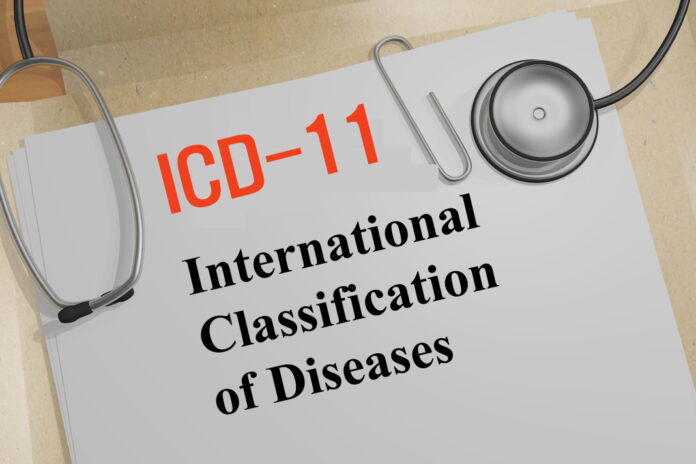ICD-11 Requires Adding TM Disorders and Patterns. How to Apply New ICD-11?
By Namwook Cho, L.Ac.
The new ICD-11 will be effective from the 1st of January, 2022. The World Health Assembly (WHO) approved the International Classification of Disease, 11th Revision (ICD-11) in 2019, and WHO decided to apply the new ICD-11 from the first day of January 2022.
The good news for acupuncturists is a new section for acupuncture diagnosis in chapter 26, Traditional Medicine – Module I. This means that Traditional Medicine (TM) is incorporated into the mainstream medicine of the world.
The ICD-11-26 is a union set of harmonized traditional medicine conditions of the Chinese, Japanese, and Korean classifications.
The ICD-11 does not look the same as the ICD-11 because there will be two parts in a code consisting of western diagnostic code and TM diagnostic code. It is recommended that coding of cases with ICD-11’s chapter on Traditional Medicine disorders and patterns (TM1) be used in conjunction with the Western Medicine concepts of ICD Chapters 1-25.
Many acupuncturists are confused with ICD-11 because it does not resemble the prior ICD-10 coding system. But if you see more the system of ICD-11, it is not that hard to understand.
It is recommended that coding cases with ICD-11’s chapter on Traditional Medicine disorders and patterns (TM1) be used in conjunction with the Western Medicine concepts of ICD Chapters 1-25. The new codes of ICD-11 are alphanumeric and cover the range from 1A00.00 to ZZ9Z.ZZ. The Traditional Medicine (TM1) chapter can also be used alone.
An officer in WHO said, “As with other ICD chapters, the TM1 chapter is not judging TM practice or the efficacy of any TM intervention.” That means ICD-11 will be used as a tool for classifying, diagnosing, counting, communicating, and comparing TM conditions; it will also assist research and evaluation in assessing the safety and efficacy of TM.
How to use ICD-11
Chapter 26, Supplementary Chapter Traditional Medicine Conditions – Module 1 is divided into 2 major sections for disorders and patterns. First, it will be important to understand how chapter 26 is consists. The terms are used to describe TM concepts. TM1, which means for Traditional medicine disorders, has 6 categories: organ system disorders, other body system disorders, Qi, blood and fluid disorders, mental and emotional disorders, external contraction disorders, childhood, and adolescence associated disorders.
TM disorder and TM pattern are similar, but different aspects should be dealt with. A TM pattern may be an overlapping clinical picture of a given patient with a Western Medicine(WM) disease or TM disorder. A TM pattern may denote an individually different systemic response to the WM disease or TM disorder.
Suppose a patient is diagnosed with asthma with a lung yin deficiency pattern. In that case, the ICD-11 code will be CA23.32 as the main condition in WM disease code for Unspecified asthma, uncomplicated, and SF81 as other condition of TM pattern code for Lung yin deficiency pattern.






































